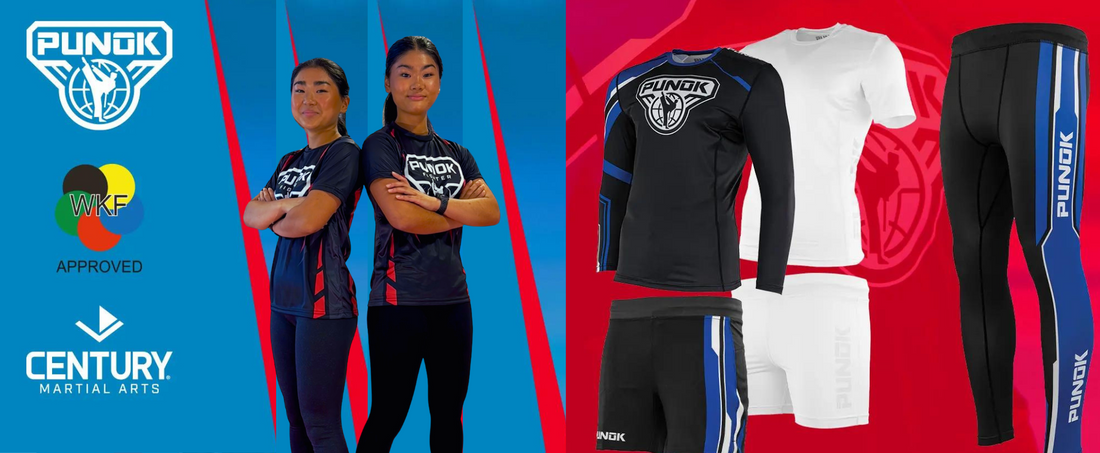Calf Muscle Tear – Rehab for Karate Practitioners
Calf muscle strain is an injury that often affects runners and paddle tennis players, but also occurs among karate practitioners. The injury, sometimes jokingly called "old man's calf," is more common in middle-aged men over 35 who are resuming karate training after a longer break, but women can also be affected.
Suffering from a muscle tear can be frustrating, especially for karate practitioners where explosive movements are a part of their training. The injury often occurs during sudden, rapid movements, such as when kicking, jumping or turning quickly during kumite matches. A common cause of the injury is a lack of warm-up, which leaves the muscles unprepared for intense movements.
Signs of Muscle Tear
For karate practitioners, calf muscle strains are common when training resumes after a summer break or if the intensity increases too quickly. The injury often begins with a mild soreness that quickly develops into a sharp pain in the calf. The pain can lead to an involuntary training break for a few weeks. For minor strains, rehabilitation can take 2–3 weeks, while larger injuries may require 6 weeks of rest or more. The injury can feel like a small pit in the muscle where the tissue has ruptured.
Starting rehabilitation relatively quickly after the injury is crucial to avoid long-term problems. The type of exercises depends on the extent of the injury.
What happens when a calf muscle ruptures?
Muscle tears usually occur at the transition between tendon and muscle. In the elderly, the elasticity of connective tissue and fascia decreases, which means that the muscle does not absorb shock as effectively, which increases the risk of tearing.
The outer calf muscle, the Gastrocnemius, is most often affected, but the deeper calf muscle, the Soleus, can also be affected. In the event of an injury, it is a good idea to apply an elastic bandage around the muscle to reduce bleeding. The bandage should be applied tightly for 20–30 minutes and then loosely for up to a day to facilitate healing. It is a good idea to have such a bandage in your gym bag.
Self-Care and Rehabilitation for Karate Practitioners
Introductory Self-Care:
- Rest and compression : Rest the calf and use light compression with an elastic bandage for the first few days. If you are unsure of the extent of the injury, consult a physiotherapist.
- Mild stretching : Stretching can be performed gently to the point of pain.
- Self-massage : Light massage can help blood flow in the area.
Rehabilitation exercises
-
Standing toe raises (2–3 times per week): Do toe raises with slow lowering, 3 x 15–20 repetitions. Eccentric movements strengthen the calves and prevent future injuries.
-
Seated Toe Raises : Do seated toe raises to activate the Soleus muscle. Sit on a bench, place weights on your knees and lift your heels, 3 x 15 repetitions.
-
Step-jog combination : Once pain has subsided, alternate 100 meters of easy jogging with 100 meters of walking for 5–10 minutes, 2–3 times a week. Increase the time by 2–3 minutes per week for about two weeks.
-
Karate-specific training : Once you can move without pain, start with simple kata or kumite techniques at a slow pace. Gradually increase the intensity.
-
Light massage before training : Gently massage your calves for 1–2 minutes before your workout to warm up the muscle.
-
Stability training : Exercises such as leg curls and balance exercises strengthen the stability of the lower legs and reduce the risk of future injuries.
By following these guidelines, you can speed up your recovery and return to karate training with stronger muscles and better prepared for explosive movements. Compression clothing can speed up your recovery. Good luck with your rehabilitation and continued karate training!






